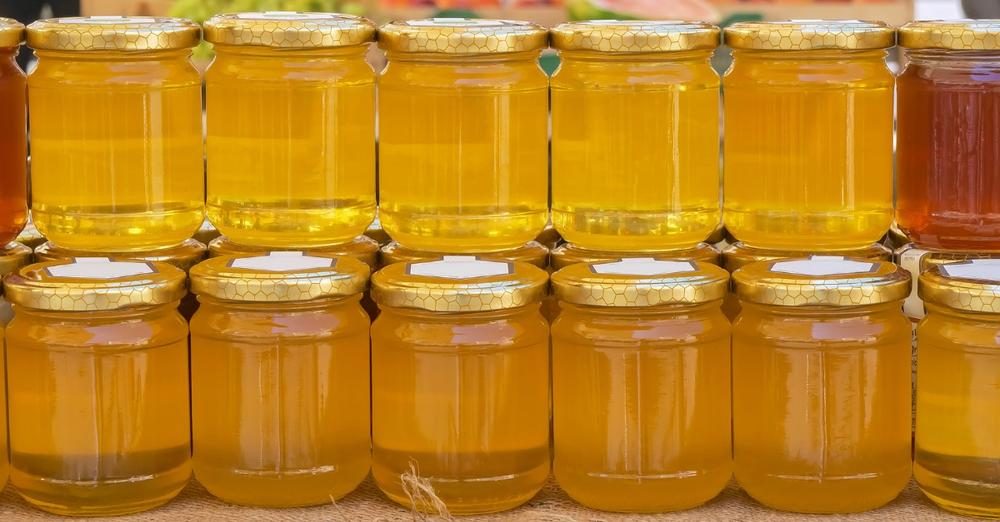Understanding Why Honey Changes Color Over Storage Period
People who buy honey may have noticed that it comes in different colors and shades. If you're one of those who don't know what it means, then you're in the right place. Below is a guide to honey colors and what you need to know about them.
;Resize,width=742;)
Honey color is widely associated with how it tastes which is why it is important to know the difference for when you want to buy honey that will have the flavor you expect. Bees create a wide variety of honey colors, mostly derived from the type of nectar they forage on.
In fact, honey can be white and completely clear so it looks like water in a jar, but with its characteristically thick and sweet texture.
If the bees forage on various plants that are all blooming, it is called wildflower honey. If the nectar source is 51% or more from the same type of plant, then it is called a variety like sage honey, orange blossom or tupelo honey.
What Creates The Color Of Honey?

Honey bees produce honey harvested by beekeepers. However they don’t create it out of nothing.
It is created from a chemical reaction between enzymes in a bee’s honey stomach as well as the nectar they collect from various flowers in their environment.
The reaction changes the pH of the nectar and its chemical composition to better suit long-term storage in a honeycomb.
As time passes, the stored liquid is subjected to evaporation which makes it lose most of its water content, resulting in the thick honey people are most familiar with.

However the color and flavor of that honey is almost entirely dependent on the flowers and pollen the bees visit and collect.
Even light honey contains minerals and other compounds found in that nectar that give birth to the color we observe in our honey.
Of course, that’s not the only factor that controls honey’s color. Storage conditions also play a part.
For instance, light-colored honey stored at high temperatures will become darker. The darkening process could take years, but it will have a noticeably different flavor from the first spoon to the last.
How Honey Color Affects Taste
Light honey will have a milder, more delicate taste. Most clover honey is classified as white or light honey. On the other hand , darker honey like buckwheat honey lean more towards having a bolder and earthy flavor.
However as with anything else, there are exceptions to those rules.
Bees rarely collect nectar and pollen from a single source to create their honey. Beekeepers label their honey by the predominant source of nectar and pollen the bees gather.
Goldenrod pollen can darken a light clover honey. As such, it’s not always a good idea to judge a honey’s flavor only by its looks.
Organic honey is another variation that is based on the source of the flowers the bees collect their nectar. To get this type of honey, the bees must forage on only organic flowers.
The 7 Honey Color Categories

It is helpful to know the official USDA color categories used by honey producers to grade their products as they can give you a reasonable idea of how the honey you buy will taste.
The USDA honey color categories depend on a continuous grading system known as the Pfund scale.
Traditionally, light honey is sought after more than dark honey. Note that, most often, honey color is a personal preference.
Dark honey should not be seen as poor honey, just like light amber or other colored honey does not equate “better”.
The grades below correspond to the 7 USDA honey color categories, as follows:
- Water White – <9 Pfund
- Extra White – 9-17 Pfund
- White – 18-34 Pfund
- Extra Light Amber – 35-50 Pfund
- Light Amber – 51-85 Pfund
- Amber – 86-114 Pfund
- Dark Amber – >114 Pfund
Now that you know what you do about honey color, you can make more informed decisions when next you're buying honey.
;Resize,width=767;)
;Resize,width=712;)
;Resize,width=712;)
;Resize,width=712;)
